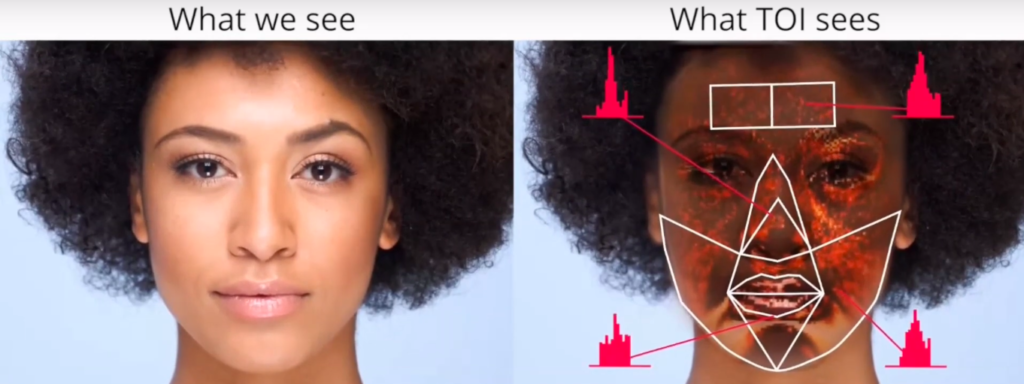Researchers have found a way to measure blood pressure and resting frequency simply through a video selfie
In the near future, we may not have to go to a doctor or pharmacy to determine blood pressure. Researchers have found a way to measure it accurately with your phone’s camera. Everything you need to find out your blood pressure could be a selfie video. Toronto University development psychologist Kang Lee and his post-doctoral researcher Paul Zheng have developed a technology called transdermal optical imaging (TOI).
How is this possible?
The application works by taking into account the fact that our facial skin is translucent. The optical sensors of smartphones can capture the red light reflected by the hemoglobin under our skin, which allows the TOI to view and measure changes in blood flow. The first tests to validate the application were carried out on videos of 1328 adults lasting two minutes. Compared to standard blood pressure determination methods, they were able to measure three types of blood pressure with an accuracy of approximately 95%. TOI can also analyze faces in pre-recorded videos.

Starting with the first encouraging rehearsals, Lee co-founded Nuralogix, a startup that then released an application called Anura. The application provides measurements of resting heart rate and stress level by simply recording a 30-second video. Nuralogix plans to release another version of the application in China in the fall, which adds blood pressure measurements.
Like all similar applications, there is always a lot of caution regarding the privacy. However Lee states that only the analysis results are uploaded to the cloud, eliminating the videos. Nuralogix plans to offer access to more detailed health data for a monthly fee. The team also hopes to keep track of other health attributes with the technology, including blood glucose, hemoglobin and cholesterol levels.
Despite its great potential, the technology needs additional research to make it more accurate. A future step will be to include in the tests people with different concentrations of melanin in the skin. The technology could help people at risk of hypertension or hypotension problems to monitor blood pressure without the need for a dedicated device, complementing for example the work of Happort. It could also help people with limited health access, such as people living in remote areas.